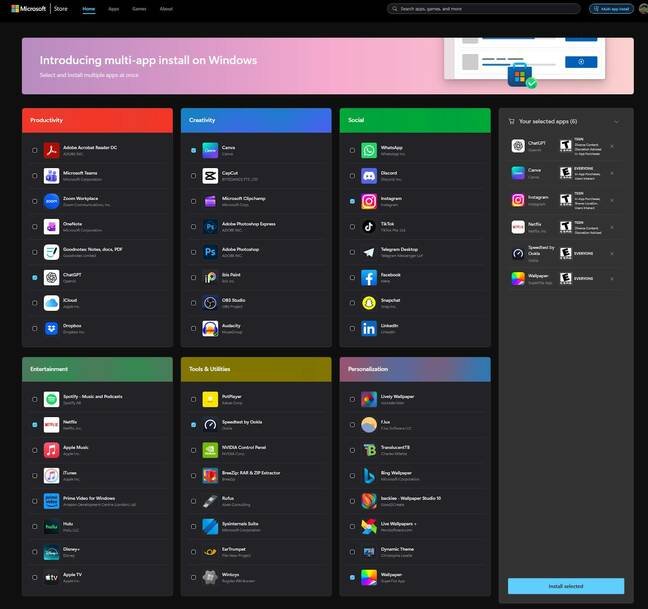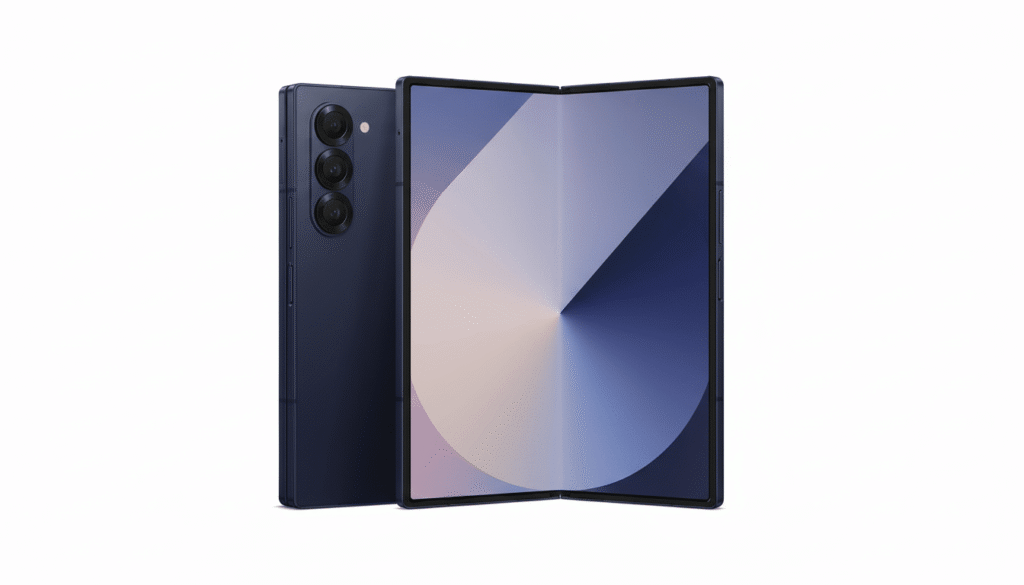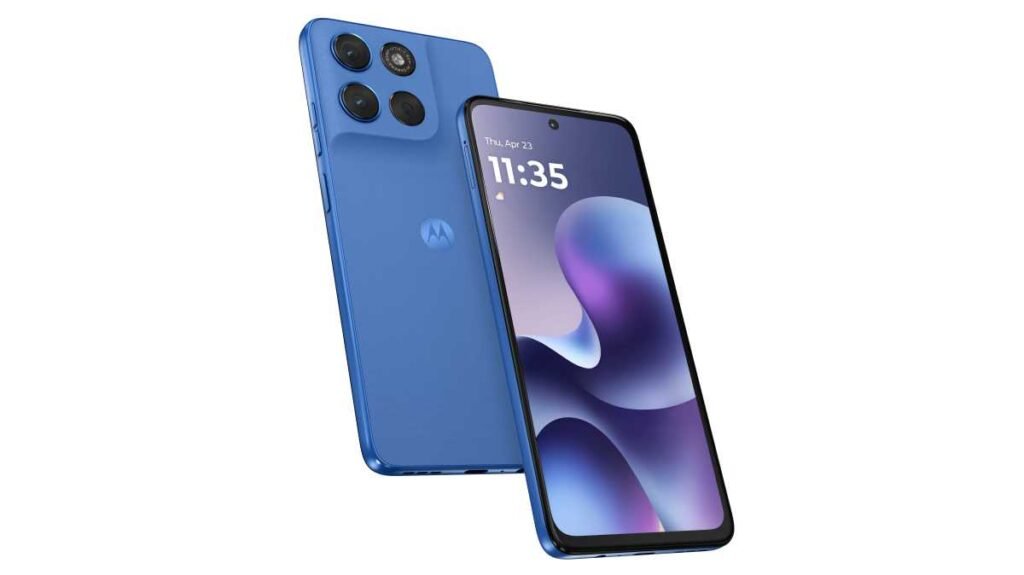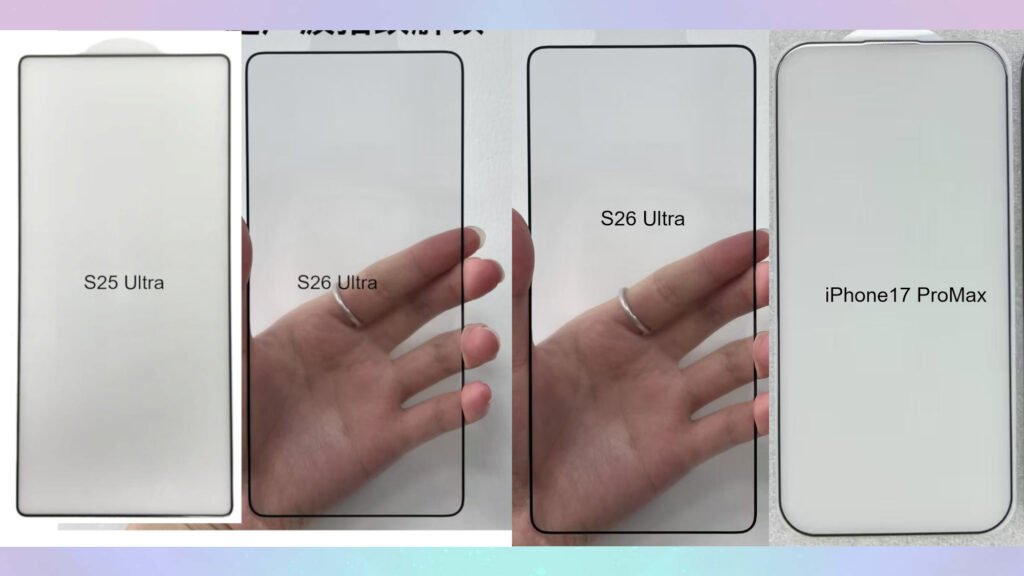The electric car market looks like it ran out of juice last month.
After the federal $7,500 EV tax credit expired at the end of September, sales of battery-powered cars fell off a cliff.
Car companies with electric vehicles all posted massive drops in October — the first full month without the incentive that had helped prop up demand for more than a decade.
The credit, first introduced in 2008 and expanded under President Joe Biden, offered up to $7,500 for qualifying electric cars built primarily in the US.
That changed when President Donald Trump signed the Big Beautiful Bill Act in July, ending the program effective September 30.
Buyers rushed to lock in deals before the deadline, leaving dealerships with empty lots and automakers with a sales sugar crash.
Hyundai’s all-electric lineup plunged 71 percent month-to-month, with the popular Ioniq 5 down 80 percent. Toyota sold just six of its bZ4X crossovers in October — compared with 1,401 the month before.
But that doesn’t mean Americans have fully turned the page on EVs.

Nearly every automaker posted a huge sales drop in EVs in October – but that might paint a misleading picture
Dealership managers told the Daily Mail they spent September in overdrive, clearing out every electric vehicle they could before the credit expired.
Simply put, automakers didn’t have electric vehicles on lots to sell.
Tesla, which doesn’t report monthly figures, said it sold more cars than it built last quarter — a sign that American buyers front-loaded purchases before the cutoff.
And, Toyota’s EV sales numbers are misleading: the bZ4X was already winding down; a redesigned version is set to debut for 2026.
Instead of an EV demand bellwether, industry analysts say October’s slump doesn’t mean drivers are abandoning electric cars — it just marks the end of an era when federal incentives helped lower consumer costs.
Ed Kim, president and chief analyst at AutoPacific, says the impact will hit hardest on affordable EVs meant to lower the cost of entry starting in 2026.
The next-generation Nissan Leaf, for example, will start around $30,000 — but without the credit, it loses a crucial price cushion that could have brought it closer to $22,500.
Slate, an American-made EV truck brand with Jeff Bezos’ backing, initially said it would produce a small truck for Americans at around $20,000. Without the credit, industry analysts expect the car’s price will be closer to $30,000.

Toyota’s bZ4X only sold six units in the US last month – but the car company previously said it is rebooting the model for next year

Hyundai’s American-made Ioniq 5 experiences a massive 80 percent yearly drop in sales for October
For entry-level buyers, that difference can be make-or-break.
‘Price is one of the biggest reasons people won’t buy an EV,’ Kim says.
‘To an entry-level consumer, the difference between $22,500 and $30,000 is massive, and it’s safe to say that a $30,000 EV won’t have the same impact as a $22,500 one would.’
Even so, there was a smidge of hope for drivers hoping to reduce their carbon footprint: hybrid sales are booming.
Hyundai reported a 41 percent jump in hybrid sales last month, suggesting Americans still want to go electric.
Still, 2026 is a make-or-break year for electric vehicle sales.
Several carmakers — also including Chevy, Toyota, Rivian, Tesla, and Ford — have all set out plans to build lower-cost EVs for American buyers.
Only time will tell if they’ll scoop up the fully battery-powered cars without an assist from Washington.






